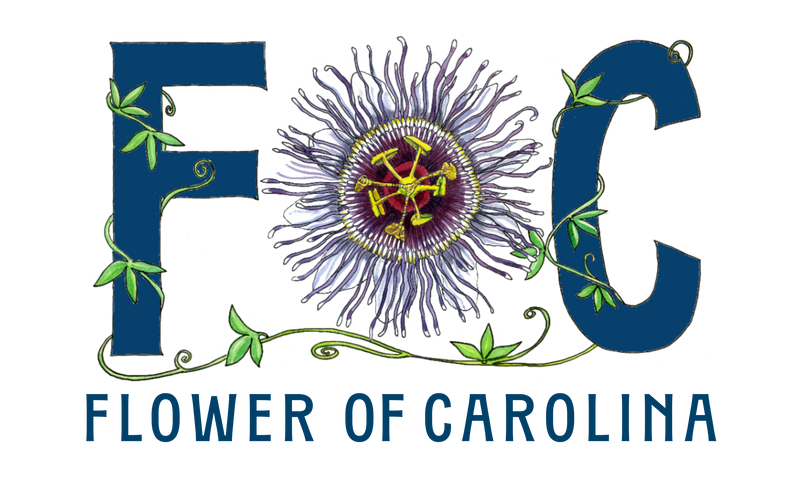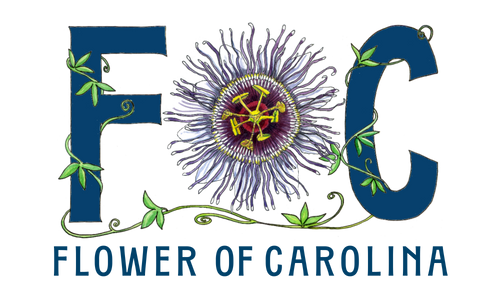Dionaea muscipula
Venus Flytrap
-
Product Info
Venus Flytrap (Dionaea muscipula)
Sundew FamilyThe Venus Flytrap is one of the world’s most iconic carnivorous plants, yet it is naturally found only in a small region of the Coastal Plain of North and South Carolina. In the wild, this species is increasingly rare due to habitat loss, fire suppression, and illegal poaching. Our Venus Flytraps are grown from seed and divisions of mature, nursery-propagated mother plants—never collected from the wild. Plants lure insects with nectar secreted along the edges of their modified leaf traps. When two of the trap’s sensory hairs are touched in quick succession, the trap snaps shut, and the plant digests its prey over several days using specialized enzymes. Because this process is energy-intensive, traps should not be triggered unless they are actively feeding. Each trap only functions for a few captures before it naturally dies off and is replaced by new growth. Venus Flytraps are native outdoor plants with very specific care requirements, including wet, acidic, nutrient-poor soils, full sun, and a winter dormancy period.
- No fertilizer ever
- Rain water or reverse osmosis filtered water only
- Must be kept consistently moist (does not need to be in sitting water constantly)
- Growing in pots is best--75% sphagnum peat moss, 25% coarse sand
- Overwinter outside (smaller pots can be moved closer to homes for protection)
- Blooms: White, 2-3 weeks, May-June
- Leaves:Hinged, clamshell-like leaves with spiny margins and sensitive trigger hairs that snap shut when touched
- Height: 4-6"
- Space: 6-12"
- Soil:Wet, acidic, nutrient poor
- Exposure:Full sun-Part sun
- Fauna:A variety of insects are attracted to the traps and flowers
- Seeds:Small, black, glossy
- Deer Resistance:High
- Zone:7-9
- Native Status: NC native, G2, Imperiled, rare in the Coastal Plain
- Provenance:Seed and asexually grown







